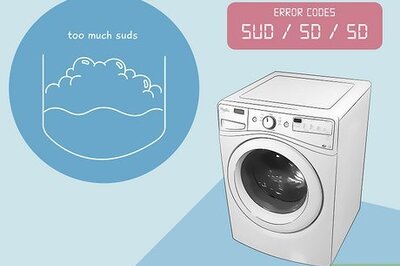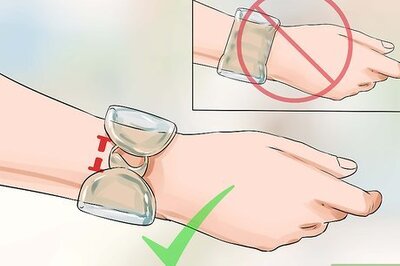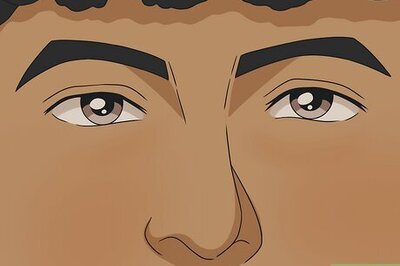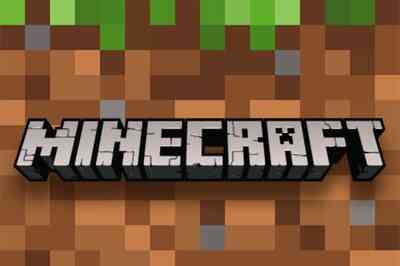
views
New Delhi: What happened when hockey legend Dada Dhyan Chand found about his inclusion in the national team for the first time? Why did British India’s first hockey captain Jaipal Singh Munda left the team before the 1928 Olympics semi-finals? India’s first Hockey World Cup title in 1975, their toil and dominance through the eight glorious Olympic gold medals, the emergence of the astroturf and the decline thereafter and the resurrection to the present times… all this and much more has found its way into a documented form as Hockey India on Thursday released a coffee table book ‘The Illustrated History of Indian Hockey: A Saga of Triumph, Pain & Dreams’ in the capital.
Launched in the run-up to the Hockey World Cup that begins in Bhubaneswar in less than a week’s time, the book is an attempt to showcase India’s glorious past and trace Indian hockey’s triumphs and pain all through the years.
Minister of finance and corporate affairs Arun Jaitley released the book in front of a select audience, saying it is very “important to preserve history”.
“Just like the monuments, books are another way of preserving the culture and history and having an event like the World Cup in India will establish the sport in masses’ hearts,” Jaitley said.
As India prepare to face South Africa in their opening World Cup match on November 28, the players will look to draw inspiration from the 1975 World Cup winning team that defeated Pakistan 2-1 in the final at Kuala Lumpur, all of which has been mentioned in detail.
The book also traces the origin of hockey as a sport.
“Like most sports, it is difficult to put an exact year as to when and where hockey was first played. Yet historians, both in sport and otherwise, agree that there is evidence of a game resembling modern hockey almost 4000 years ago in ancient Egypt.
“On the walls of a tomb built around 2000 BC at Beni Hasan in the Nile Valley near Minia, about 250 kilometres south of Cairo in Egypt, is a drawing which shows two people in a position similar to a ‘bully-off’ in modern hockey,” the author says.
“When the game was seen in some form that resembles modern hockey, it was called hurley in Ireland and shinty in Scotland.”
India’s performance at the Olympic Games and the World Cup (from 1908 till present times) is documented through various chapters and never-seen-before photos, highlighting how Indian hockey completed a circle. From the high of being many-time Olympic champions to failing to qualify for the 2008 Beijing Games and then trying to rebuild gradually, the book brings forth the history of the “unofficial national sport”.
The first hockey player to receive the Padma Shri, Balbir Singh Senior, finds a special mention along with all the Padma Shri and Arjuna award awardees till date.
FIH president Narinder Batra and former hockey players Ajit Pal Singh, Zafar Iqbal, Harbinder Singh and Mamta Kharab were also present on the occasion.



















Comments
0 comment